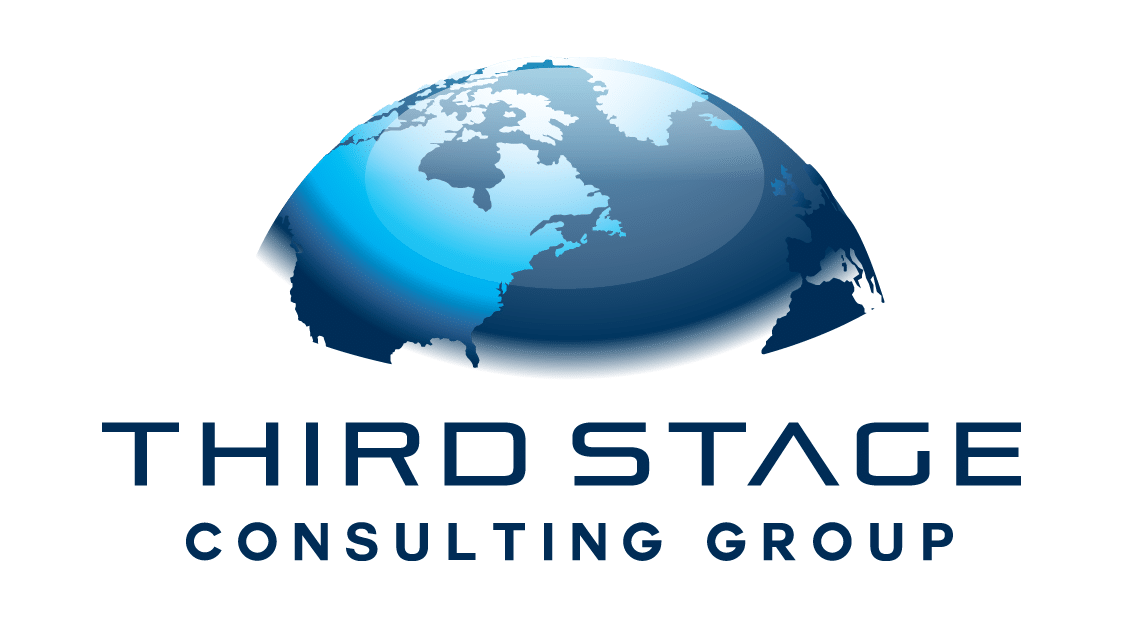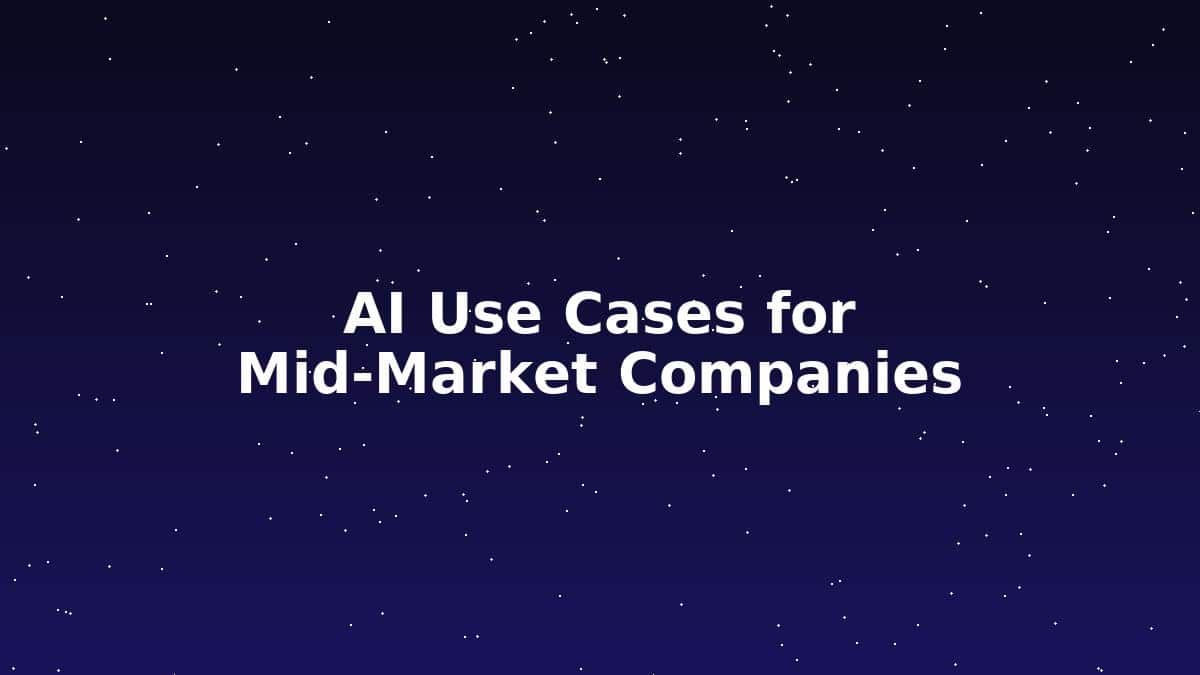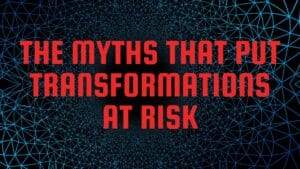Artificial intelligence is everywhere in the enterprise conversation right now — but many small and mid-market companies are left wondering: Where do we actually start?
It’s easy to get caught up in the hype of generative AI and futuristic use cases. But the truth is, most organizations can realize value today in practical, achievable ways — without multi-million-dollar pilots or massive internal teams.
Recently, our team discussed this very question: What’s one achievable AI use case for a mid-market company just getting started? Here are the answers that stood out.
Table of Contents
ToggleAI-Powered Reporting and Analytics
Five years ago, you needed specialized report writers and business intelligence teams to generate meaningful insights. Today, AI is embedded directly into ERP platforms and even tools as simple as Excel.
This shift means:
- Leaders can ask natural-language questions of their systems — “What was our sales variance by region last quarter?” — and receive instant answers.
- Teams can build visualizations and reports on the fly, without waiting weeks for IT support.
- Companies can explore “what-if” scenarios with much less effort, moving beyond static reports to dynamic decision-making.
AI doesn’t replace analytics expertise, but it lowers the barrier to entry and makes insights accessible to anyone in the organization.
Forecasting That Adapts in Real Time
One of the most compelling use cases is forecasting. Traditional ERP reporting has always been backward-looking: revenue last quarter, costs last month, units shipped last week. AI brings the ability to look forward.
Take the example of a mid-market building supply company in Denver:
- They had always planned based on seasonality — construction demand in spring, roofing spikes after hailstorms.
- After adopting AI-enabled ERP forecasting, they could pull in external data from the National Weather Service.
- Instead of a static seasonal model, they built a dynamic, weather-informed demand model that helped them predict and purchase inventory with much greater precision.
This kind of external data integration is where AI shines. It connects the dots across sources that humans (and even spreadsheets) simply can’t process at scale.
Why These Use Cases Matter
For mid-market companies, the achievable AI wins come down to three themes:
- Accessibility – AI takes complex reporting and makes it usable for everyday decision-makers.
- Proactivity – Instead of reacting to yesterday’s numbers, companies can predict tomorrow’s outcomes.
- Scalability – The same AI tools that power small reporting tasks can evolve into strategic forecasting engines.
AI doesn’t need to be intimidating. You don’t need a team of data scientists to start. Embedding AI into ERP or even leveraging AI features in familiar tools like Excel is enough to begin reaping benefits.
Key Takeaways for Leaders
- Start with reporting. Make analytics self-service and conversational for your teams.
- Look for forward-looking use cases. Forecasting and demand planning are often the biggest value drivers.
- Leverage external data. AI thrives when combining your internal information with market, weather, or industry signals.
Questions to Consider
- Where are you still dependent on specialized reporting skills that AI could democratize?
- What forward-looking insights would transform how your business operates?
- Which external data sources could make your forecasts more accurate and resilient?
At Third Stage, we help organizations cut through the AI hype and identify real-world use cases that deliver value today — whether through ERP platforms, interoperability layers, or practical forecasting tools.
Explore more at: thirdstage-consulting.com






